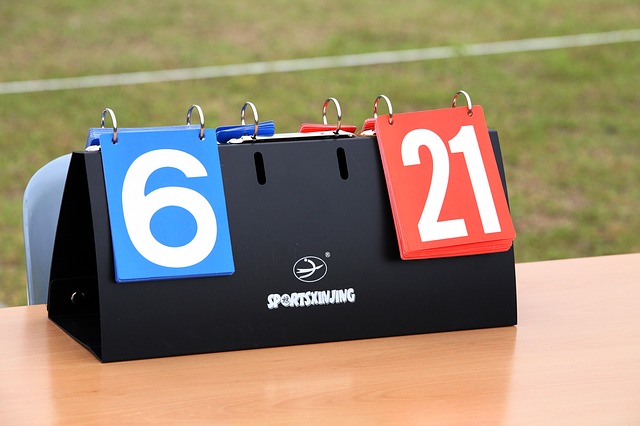At face value, the statistics look grim: Nearly three-quarters of the nation’s skilled nursing facilities will see pay cuts in 2019 under the government’s value-based purchasing (VBP) program after failing to reach mandated readmission benchmarks.
But the numbers themselves don’t tell the full story, according to players in the long-term health care space.
Based on the initial round of public data, first reported Thursday, 73% of SNFs will see lower Medicare fee-for-service reimbursements once the penalty and reward math of the VBP shakes out. Under that program, the Centers for Medicare & Medicaid Services (CMS) automatically withholds 2% of Medicare dollars from providers, with a portion set aside into a pool of reward money. Providers that sufficiently improve their 30-day, all-cause readmission rate can earn back that 2%, with the very best taking home a bonus payment from the incentive pool; those that don’t stack up end up losing out, forfeiting all or a portion of that 2% cut.
While 27% enjoyed at least some bonus payments, Vincent Fedele — director of analytics at consulting firm Zimmet Healthcare Services Group and chief operating officer of affiliated data provider CORE Analytics — said the difference between winners and losers isn’t as large as the pure percentages might imply.
“If you look at the numbers, you’re talking about, on average, less than a 1% decline in payment for your fee-for-service revenue,” Fedele told Skilled Nursing News.
Crunching the numbers
To determine whether a provider wins or loses under VBP, CMS develops an incentive payment multiplier based on its readmission performance. If that number is greater than 1, the SNF will see a bonus; under 1, the building must cough up some of its reimbursements. For instance, a multiplier of .99 means a net payment reduction of 1%, according to an August explainer from a local non-profit trade group, while a multiplier of 1.01% correlates with a 3% incentive payback — in other words, that building won back its full 2% concession plus a bonus of 1%.
The highest-performing SNFs achieved a multiplier of 1.016, while the lowest received a mark of just slightly more than .98 — more or less the full 2% withholding figure. On average, Fedele estimated, buildings could face a loss of about $25,000 per year, which he said might not be enough to achieve CMS’s goal of prodding providers into cutting readmissions.
“Until the VBP program makes it more punitive or more incentivizing for the facilities, we’re not going to see too many changes in provider behavior. I think everyone can get behind that we need to reduce our hospital readmissions, and I think most of the providers are doing that,” Fedele said. “[But] if your penalty’s only going to be $25,000, how much are you going to invest in technology or additional staff in order to effectuate change under VBP?”
The American Health Care Association, which represents for-profit long-term care providers, similarly focused on the positive in a statement provided to Skilled Nursing News.
“AHCA has been supportive of the SNF VBP program since its inception,” director of research Katherine Almendinger said. “CMS has released the incentive payment multipliers and rankings, and yesterday they released the 2017 SNFRM [readmission measure] rates. We are pleased to see CMS is rewarding 27% of high performing facilities with an increase in payment of up to 1.65%.”
Still, VBP isn’t the only cut that providers face. Nicole Fallon, vice president of health policy and integrated services at non-profit trade group LeadingAge, noted that CMS has instituted Medicare penalties under other care improvement initiatives, such as the Quality Reporting Program (QRP) — on top of an ongoing 2% across-the-board sequestration cut to Medicare spending.
“It adds up over time,” Fallon said. “And I think the hospitals have had a similar experience with the various quality programs, and while I would say that overall we support efforts that reward our nursing home members that are delivering on quality, there are still those that, one could argue, aren’t poor performers but are getting hurt by this, too.”
Fallon also pointed to a report from the Medicare Payment Advisory Commission (MedPAC) that determined a quarter of skilled nursing facilities had Medicare margins of 0.7% or lower in 2016; a separate analysis compiled by consulting firm CliftonLarsonAllen in October found that the median operating margin for skilled nursing facilities sat at 0% in 2017.
“A 2% cut is a big deal. It’s 2% just on your Medicare, but we all know that Medicaid isn’t footing the bill,” Fallon said, alluding to the fact that Medicaid covers more than 60% of care in nursing homes nationwide — and often faces funding pressure in various states. “It becomes problematic.”
What was, not what is
Both Fallon and Fedele emphasized the age of the data used to calculate the punishment/reward multipliers under VBP: CMS considered stats from 2015 to 2017, which might not reflect more recent efforts to beef up readmission performance.
“We’re looking at data that’s a year and a half to two years old,” Fallon said. “And so the challenge is: How much can we take away from what was? This isn’t a reflection, per se, of what is.”
For that reason, Fedele pushed back on the idea that a bad showing on the multiplier could doom a skilled nursing facility outside of the immediate financial hit. Any accountable care organization (ACO), Medicare Advantage plan, or referral partner worth its salt would recognize that the VBP data is older and not bulletproof, Fedele reasoned — but he cautioned that it doesn’t mean a skilled nursing facility can be complacent.
“We’re almost in 2019. The onus right now is really on the skilled nursing facility to take current data to demonstrate the facility’s value proposition, further their narrative,” he said.
Written by Alex Spanko
Companies featured in this article:
CORE Analytics, LeadingAge, Zimmet Healthcare Services Group



